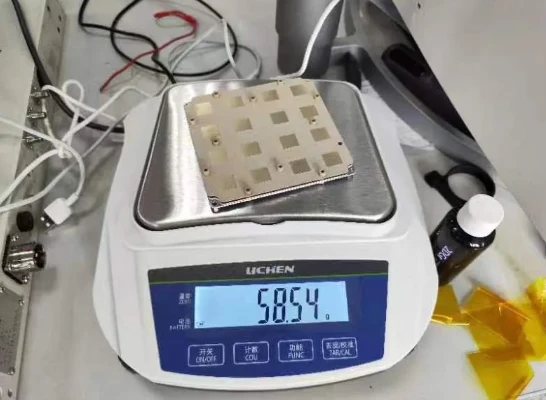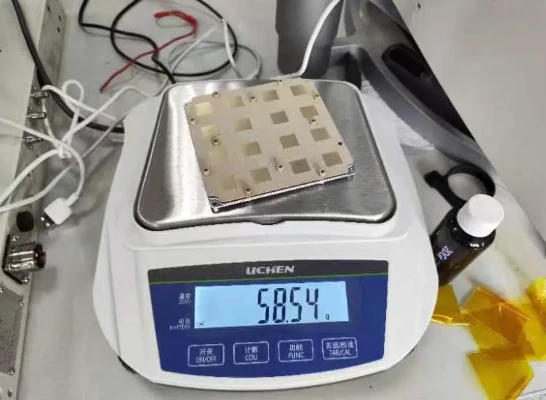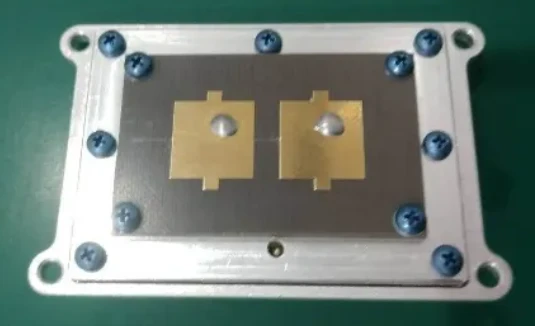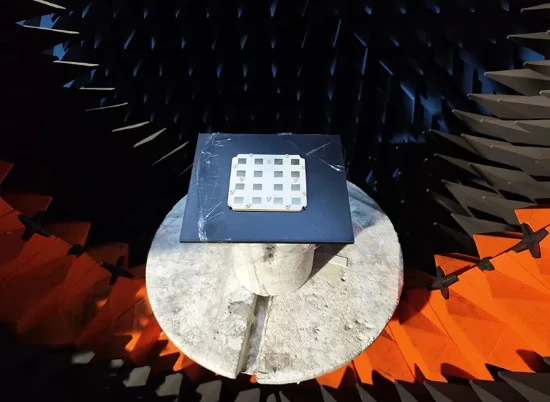
- አፍሪካዊ
- አልበንያኛ
- አማርኛ
- አረብኛ
- አርመንያኛ
- አዘርባጃኒ
- ባስክ
- ቤላሩሲያን
- ቤንጋሊ
- ቦስንያን
- ቡልጋርያኛ
- ካታሊያን
- ሴቡአኖ
- ቻይና
- ኮርሲካን
- ክሮኤሽያን
- ቼክ
- ዳኒሽ
- ደች
- እንግሊዝኛ
- እስፔራንቶ
- ኢስቶኒያን
- ፊኒሽ
- ፈረንሳይኛ
- ፍሪሲያን
- ጋላሺያን
- ጆርጅያን
- ጀርመንኛ
- ግሪክኛ
- ጉጅራቲ
- ሓይቲያን ክሬኦሌ
- ሃውሳ
- ሐዋያን
- ሂብሩ
- አይ
- ሚያኦ
- ሃንጋሪያን
- አይስላንዲ ክ
- igbo
- ኢንዶኔዥያን
- አይሪሽ
- ጣሊያንኛ
- ጃፓንኛ
- ጃቫኒስ
- ካናዳ
- ካዛክሀ
- ክመር
- ሩዋንዳኛ
- ኮሪያኛ
- ኩርዲሽ
- ክይርግያዝ
- የጉልበት ሥራ
- ላቲን
- ላትቪያን
- ሊቱኒያን
- ሉክዜምብርጊሽ
- ማስዶንያን
- ማላጋሲያ
- ማላይ
- ማላያላም
- ማልትስ
- ማኦሪይ
- ማራቲ
- ሞኒጎሊያን
- ማይንማር
- ኔፓሊ
- ኖርወይኛ
- ኖርወይኛ
- ኦሲታን
- ፓሽቶ
- ፐርሽያን
- ፖሊሽ
- ፖርቹጋልኛ
- ፑንጃቢ
- ሮማንያን
- ራሺያኛ
- ሳሞአን
- ስኮትላንዳዊ ጌሊክ
- ሰሪቢያን
- እንግሊዝኛ
- ሾና
- ስንድሂ
- ሲንሃላ
- ስሎቫክ
- ስሎቬንያን
- ሶማሊ
- ስፓንኛ
- ሱዳናዊ
- ስዋሕሊ
- ስዊድንኛ
- ታንጋሎግ
- ታጂክ
- ታሚል
- ታታር
- ተሉጉ
- ታይ
- ቱሪክሽ
- ቱሪክሜን
- ዩክሬንያን
- ኡርዱ
- ኡጉር
- ኡዝቤክ
- ቪትናሜሴ
- ዋልሽ
- እገዛ
- ዪዲሽ
- ዮሩባ
- ዙሉ
Innovative Communication Solutions With Microstrip Antenna And Transmission Antenna Technology
In the world of modern wireless communication, antenna technology plays a pivotal role in ensuring efficient signal transmission and reception. From broadcasting signals over long distances to enabling seamless device connectivity, both transmission antenna systems and advanced microstrip antenna designs are essential. Whether it’s a TV transmission antenna for digital broadcasting, a 2.4 GHz microstrip patch antenna for IoT devices, or a broadband microstrip antenna for wide-frequency communication, the right antenna directly impacts performance and reliability.

This article explores the versatility and application of microstrip antennas, their structure, and how they meet diverse industry demands.
Enhanced Signal Broadcasting With Transmission Antennas
A transmission antenna is fundamental to any broadcast system. Whether used for radio transmission antenna or TV transmission antenna operations, these antennas ensure that signals are radiated effectively across wide geographical areas. The design of a transmission antenna focuses on optimizing gain, bandwidth, and directionality to maintain signal strength and clarity over long distances.
TV transmission antennas are engineered to handle high-power outputs and often operate in UHF and VHF bands, supporting digital and analog signals. Similarly, radio transmission antennas serve AM and FM bands, providing robust signal delivery to receivers in homes, vehicles, and handheld devices. These antennas form the backbone of public and commercial communication infrastructure.
Microstrip Antennas: Compact, Lightweight, And Versatile
A microstrip antenna—often referred to as a printed antenna—is widely used in mobile devices, satellites, aircraft, and other space-constrained environments. This type of antenna is composed of a conducting patch placed over a grounded substrate. It offers low profile, light weight, and ease of integration into circuit boards, making it highly suitable for compact communication systems.
The microstrip patch antenna, a common variant, delivers high performance with minimal design complexity. When tuned to specific frequencies, like in the 2.4 GHz microstrip antenna or 2.4 GHz microstrip patch antenna, these antennas support applications such as Wi-Fi, Bluetooth, and Zigbee communication protocols.
For projects requiring broader frequency ranges, engineers turn to the broadband microstrip antenna or broadband microstrip patch antenna, which are designed to operate across multiple frequency bands without compromising performance.
Specialized Designs: Circular And Aperture Coupled Microstrip Antennas
Advanced applications demand equally advanced antenna structures. The circular microstrip antenna and circular microstrip patch antenna provide omnidirectional radiation, which is particularly useful in radar systems, telemetry, and GPS applications. Their symmetrical shape supports uniform signal coverage and stable polarization.
On the other hand, the aperture coupled microstrip antenna offers enhanced bandwidth and reduced surface wave losses. This configuration involves feeding the patch through an aperture in the ground plane, resulting in improved performance without sacrificing the benefits of a planar design.
These innovations make microstrip antennas suitable not only for consumer electronics but also for aerospace, military communication, and satellite systems—where reliability, efficiency, and miniaturization are key.
From large-scale broadcasting using transmission antennas to precise, compact designs like the microstrip patch antenna, antenna technology continues to evolve to meet growing communication needs. Whether you're developing a 2.4 GHz microstrip antenna for wireless applications, a broadband microstrip antenna for wide-frequency systems, or a TV transmission antenna for digital broadcasting, choosing the right solution is crucial.
As industries push toward more connected and efficient systems, the role of advanced antenna design becomes more critical than ever. Invest in high-performance solutions like circular microstrip patch antennas, aperture coupled microstrip antennas, and other innovations to ensure optimal signal quality and system reliability.











